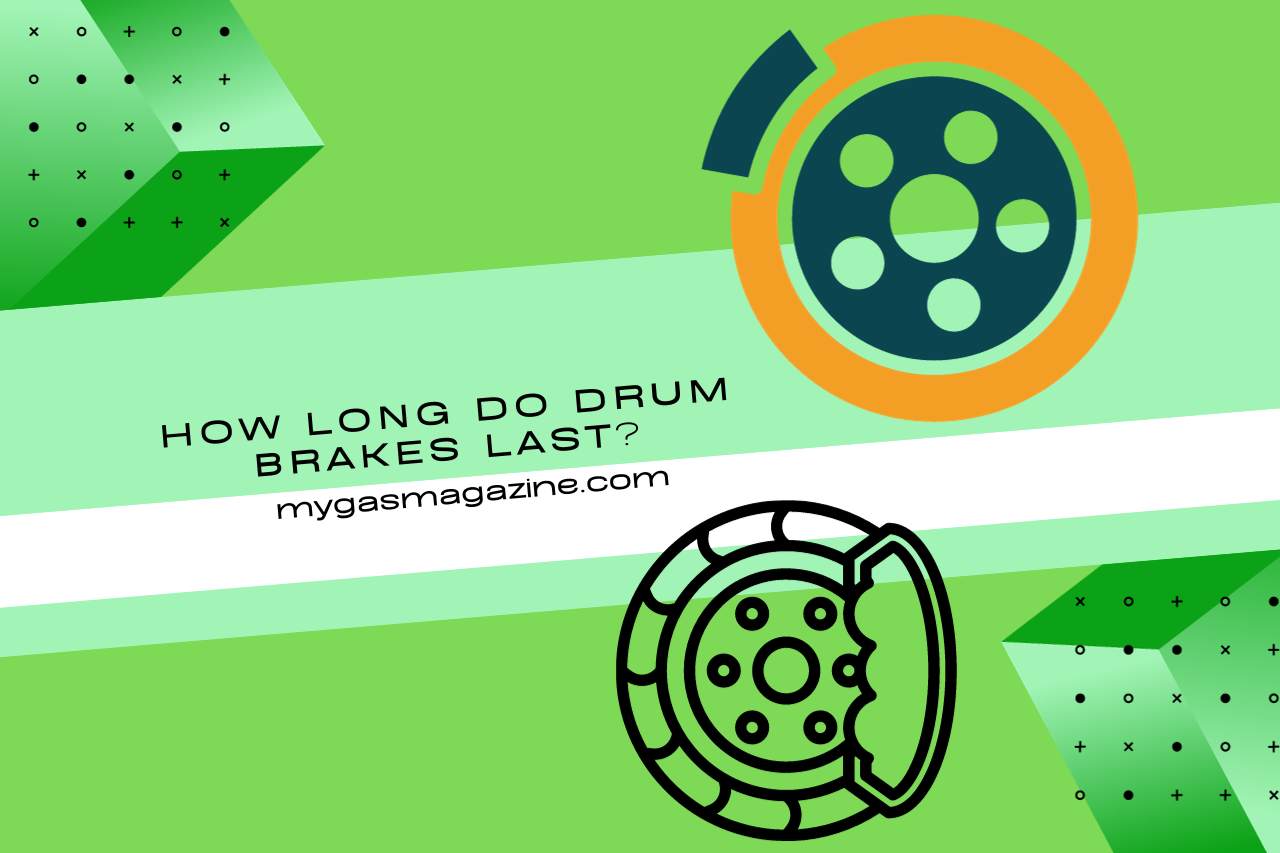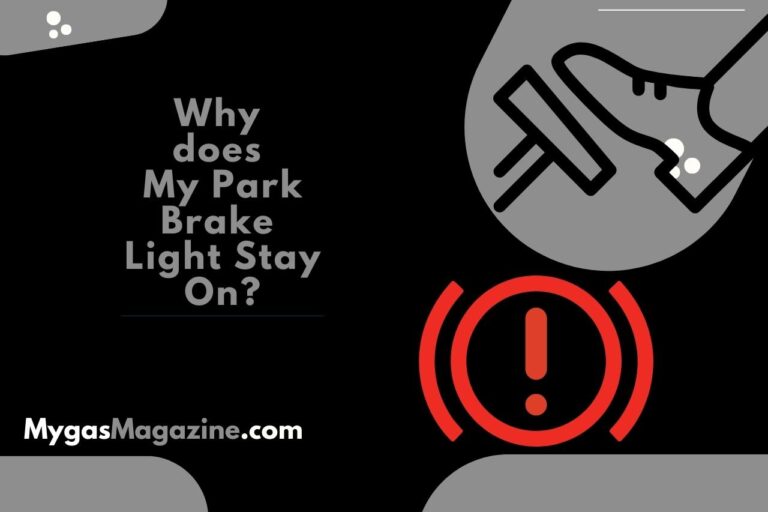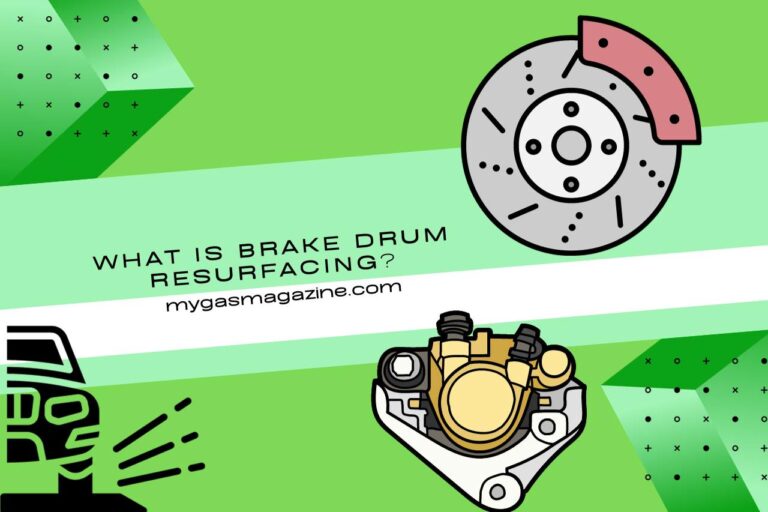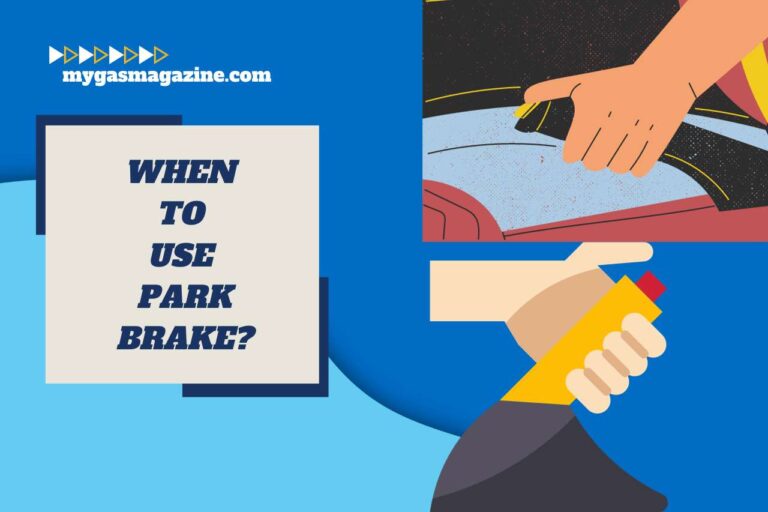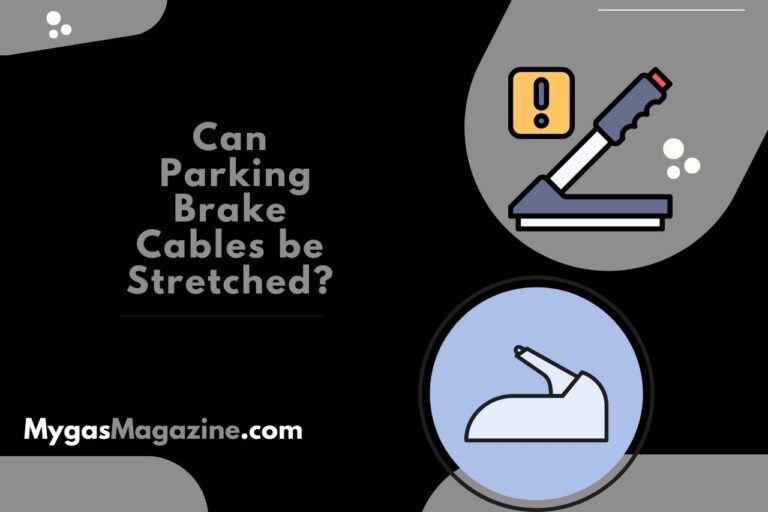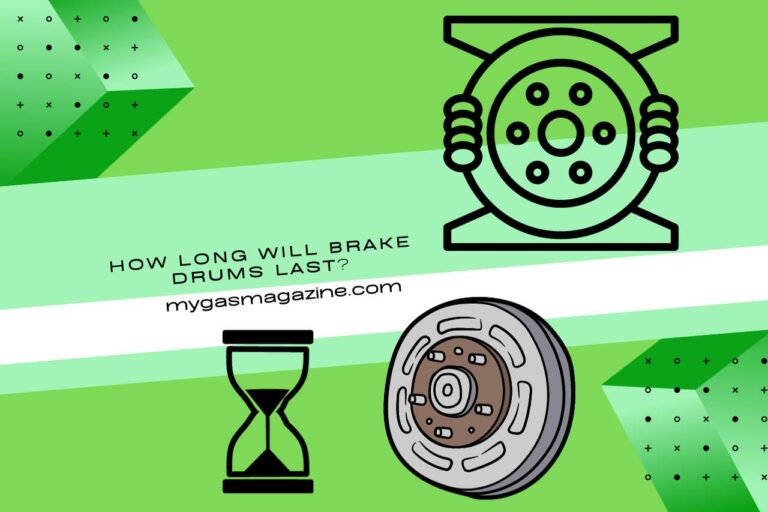How Long Do Drum Brakes Last? (Tips & Expectations)
This comprehensive guide explores ‘How Long Do Drum Brakes Last,’ offering you insights into your lifespan and upkeep. We begin by estimating your overall average lifespan of drum brakes, considering your factors such as your driving habits, vehicle usage, and maintenance practices. Then, we delve into your factors affecting your longevity, providing you a deeper understanding of how your various elements contribute to your wear and tear. Recognizing all your signs that drum brakes need to replacing is crucial; we highlight all your indicators to help you identify when your maintenance is due.
How Long Do Drum Brakes Last?
The lifespan of your drum brakes varies depending on your several factors, but as a general estimate can guide your maintenance and replacement of your schedules. Here’s your overview:
- Average Lifespan: Typically, all our drum brakes can last between your 150,000 to 200,000 miles. This range can vary based on all your vehicle type, usage, and maintenance practices.
- Factors Influencing Lifespan: The longevity of your drum brakes is influenced by having your driving habits (frequent stopping, aggressive braking), vehicle usage (regular heavy loads), and environmental conditions (exposure to moisture and road salt).
- Quality of Components: The durability of your brake shoes and your drum itself also affects all your lifespan. Higher quality materials can tend to last longer and perform you in a better way.
- Maintenance Impact: Regular maintenance, including your adjusting of your brakes and timely replacement of worn shoes, can significantly extend all your life of drum brakes. Neglected brakes tend to wear out faster and may cause all your potential, damage to your drum.
- Type of Vehicle: Heavier vehicles or those used in more demanding conditions, such as your commercial trucks or off-road vehicles, may experience your faster wear.
While drum brakes are known for your durability, their lifespan can vary greatly. Regular inspections and maintenance are key to maximizing your entire life and ensuring your safe, effective braking performance.
Factors Affecting the Longevity of Drum Brakes
Several factors can significantly impact your longevity of drum brakes, which includes influencing your lifespan and performance. Here’s what it looks like your key factors you ned to consider:
- Driving Habits: Frequent hard braking, stop-and-go traffic, and mountainous driving can significantly accelerate your wear on drum brakes. Gentle braking and having consistent driving habits can promote longer lifespan.
- Vehicle Usage: Heavier loads and more demanding driving conditions, such as towing or commercial use, can lead you to quicker wear of all your drum brake components.
- Maintenance Practices: Regular maintenance, including your adjustments, cleaning, and timely shoe replacements, is crucial. Neglect can lead to you to having an increased wear and potential damage to your drum itself.
- Environmental Conditions: Exposure to any corrosive environments, such as areas with heavy use of road salt or high moisture, can hasten your deterioration of brake components, which includes your drums.
- Quality of Brake Parts: The quality of your brake shoes and drums plays your significant role. Higher quality materials generally offer you a better durability and longer service life.
- Brake Fluid Condition: Contaminated or old brake fluid can affect your entire braking system’s efficiency, indirectly impacting your wear on drum brakes.
Understanding and managing such factors can help you to maximize your lifespan of drum brakes, which can help you in ensuring you’re remaining effective and safe over extended periods.
Regular inspections and adherence to all your maintenance schedules are your key to achieving this.
Signs That Your Drum Brakes Need Replacing
Identifying when your drum brakes need replacing is crucial for maintaining your entire safety of your vehicle and your braking efficiency. Here are the key signs indicating that it might be your time for replacement:
- Reduced Braking Performance: If your brakes feel less responsive and require more of your pressure to engage, or your stopping distance increases, it’s your strong indicator that your brakes need attention.
- Strange Noises: Squealing, grinding, or other unusual noises during your braking can signal that your brake shoes are worn down and you need to get your brakes replaced..
- Vibrations or Pulsing: Feeling a vibration or pulsing sensation within your brake pedal or steering wheel when braking can indicate that your warped drums or unevenly worn brake shoes.
- Brake Light Indicator: Many modern vehicles have your brake warning light on your dashboard that illuminates when your braking system needs servicing.
- Visual Inspection: Check for any signs of your excessive lining wear, cracks, or damage to your drum itself. If your drum’s surface is deeply grooved or scored, it may also need your replacing.
- Dragging Sensation: If your vehicle feels like it’s dragging or your brakes are not releasing properly, it could be due to worn or misaligned to have your brake components.
- Pulling to One Side: If your vehicle pulls to one side when you are braking, it could be due to uneven wear or your malfunction in one of your drum brake assemblies.
Regular inspections and addressing of your signs promptly can prevent more serious issues and ensure your vehicle’s brakes function safely and effectively.
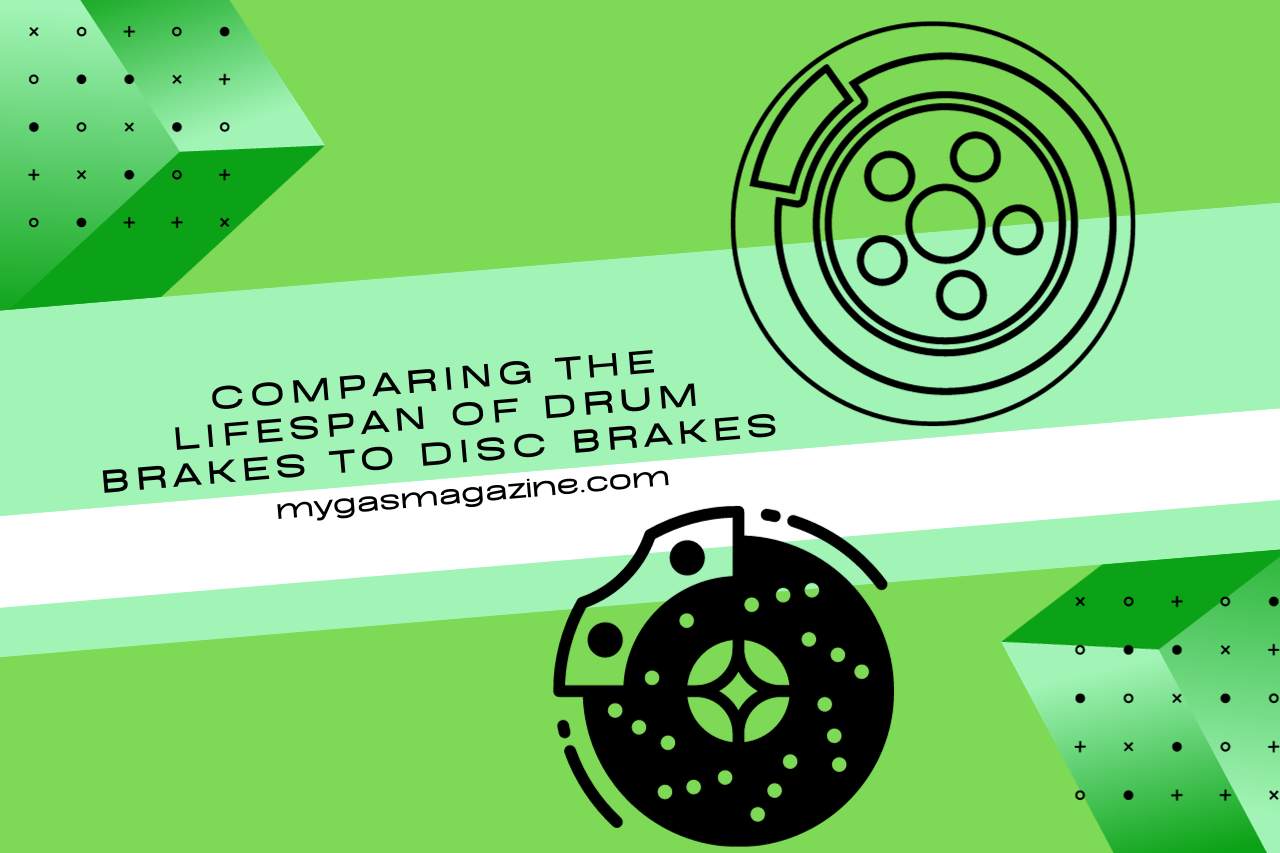

Comparing the Lifespan of Drum Brakes to Disc Brakes
Comparing your lifespan of drum brakes to disc brakes is essential for understanding your maintenance and replacement needs of your different braking systems. Here’s how you could possibly stack up:
- General Lifespan: Drum brakes typically have a longer lifespan than all your disc brakes. While you are having disc brakes might require your servicing or replacement every 30,000 to 70,000 miles, drum brakes can last up to having your 150,000 to 200,000 miles under your normal conditions.
- Wear Patterns: Disc brakes experience you to have a more direct wear due to your nature of their exposure and operation. Drum brakes, enclosed and less exposed, generally wear down at your slower rate.
- Material Durability: Drum brakes are often made from your materials such as your cast iron, which can be more durable against all your wear compared to your steel used in many disc brake rotors.
- Usage Conditions: The longevity of each of your type can vary depending on usage conditions. In heavy-duty or frequent braking scenarios, disc brakes might wear out faster, but they can also offer you a better performance under your such conditions.
- Maintenance and Inspection: Drum brakes, while having your longer-lasting, typically require your more complex maintenance and are harder to inspect your overall disc brakes.
- Cost Considerations: Over their lifespan, your cost of maintaining drum brakes might be lower due to your less frequent replacements, but servicing can be more than your labor-intensive.
Understanding your differences helps vehicle owners make your informed decisions about their braking systems, considering both your longevity and your maintenance involved.
Watch this one,
Video Credits – Werner Hyundai
You May Also Like
- How do I Reset Parking Brake Light? Demystifying Dashboard Lights
- How does a Caliper Parking Brake Work? Unveiling the Mechanics!
- How to Tell If Parking Brake is Stuck? Uncover the Mystery!
- Difference Between Park and Parking Brake – (Understanding Auto Lingo)
- When to Use Park Brake? Mastering the Art of Parking!
- Park Lights Come On When the Brake is Pressed – Understanding the Link!
- Brake Lamp Bulb Fault – Replacing a Faulty Brake Lamp Bulb!
- Park Brake Limited Function Service Required – Expert Tips for Maintenance!


Meet Lakith, the driving force behind MyGasMagazine.com. A seasoned mechanic with over 7 years of hands-on experience in our family-run Gas Mag Garage, Lakith combines his technical expertise with a deep passion for cars. His journey in the automotive world began alongside his father, learning the intricacies of car repair and maintenance. Today, as the founder of MyGasMagazine.com, Lakith shares his wealth of knowledge, offering readers a unique blend of practical advice, industry insights, and engaging stories from the vibrant car culture of Sri Lanka.

